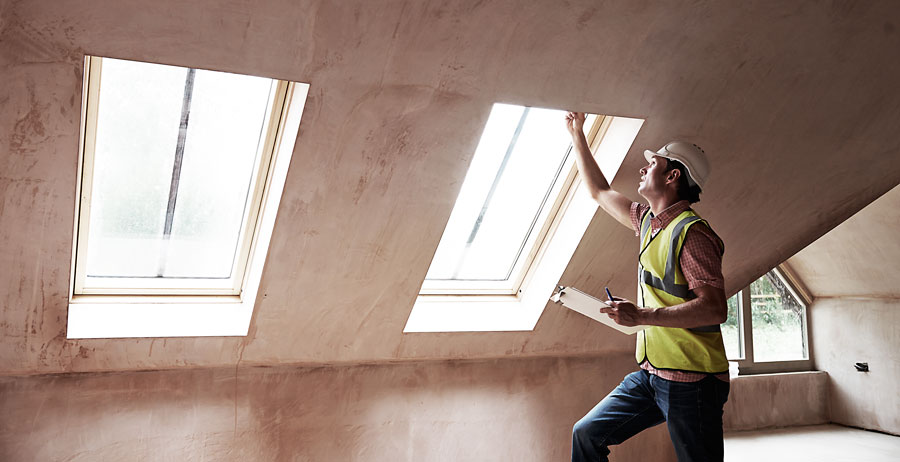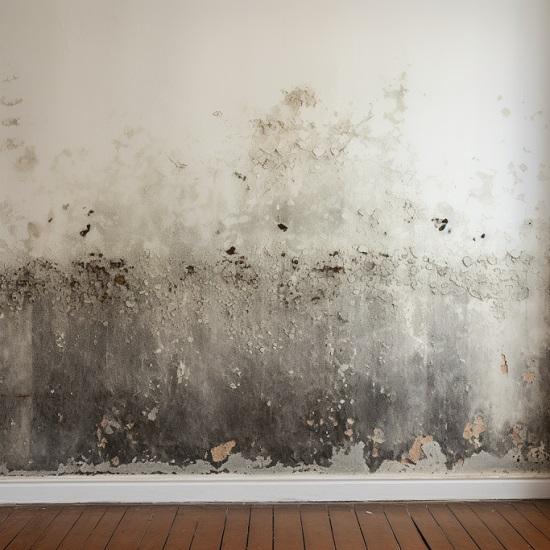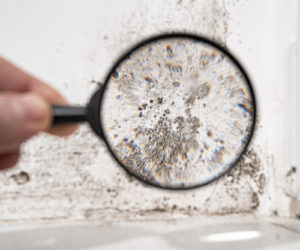Crafting a Comprehensive Post Mold Remediation Report
Crafting a Comprehensive Post Mold Remediation Report
Blog Article
Your Ultimate Overview to Post Mold Remediation Methods
Navigating the world of post-mold remediation techniques is a meticulous process that demands focus to information and a detailed understanding of the ins and outs involved. In the after-effects of mold and mildew infestation, recognizing exactly how to effectively eliminate the mold and mildew and avoid its reoccurrence is vital for keeping a healthy and balanced interior environment. From selecting the appropriate cleaning and decontaminating techniques to carrying out approaches for lasting mold and mildew avoidance, each step in the removal trip plays a vital function in guaranteeing a successful outcome. As we start this exploration of post-mold remediation methods, we will certainly discover the key approaches and best methods that can help you restore your space to its pre-mold condition and guard it against future mold threats.
Understanding Post-Mold Remediation Refine
After finishing the mold remediation procedure, it is essential to understand the post-mold remediation methods that are required to make certain a comprehensive and reliable cleanup. When the mold and mildew has been removed, the following step entails cleansing and decontaminating the impacted areas to prevent any kind of regrowth of mold.
In addition, performing a last inspection post-remediation is crucial to make certain that all mold has been efficiently eradicated. This inspection must involve a thorough aesthetic check in addition to perhaps air sampling to confirm the lack of mold spores airborne. Added removal might be needed if the examination discloses any lingering mold and mildew. Finally, educating owners on safety nets such as managing dampness degrees and quickly resolving any type of water leakages can aid maintain a mold-free setting.
Reliable Cleansing and Disinfecting Approaches

Avoiding Future Mold Development

Value of Proper Air Flow
Appropriate air flow plays see here now an important role in avoiding dampness buildup, a vital consider mold and mildew development within interior settings. Effective ventilation systems assist eliminate excess humidity from the air, lowering the possibilities of mold spores finding the moisture they require to spread and sprout. Without appropriate ventilation, indoor rooms can come to be a breeding place for mold, causing potential wellness threats and structural damage.
By making sure correct air blood circulation, air flow systems can additionally assist in drying out wet areas faster after water damage or flooding events, even more discouraging mold and mildew growth. Post Remediation verification. In spaces like restrooms, attic rooms, kitchen areas, and cellars where wetness levels often tend to be higher, mounting and preserving reliable air flow systems is crucial in protecting against mold invasions

Surveillance and Maintenance Tips
Provided the important duty that proper air flow plays in stopping mold growth, it is necessary to establish effective surveillance and upkeep tips to ensure the ongoing performance of air flow systems. Routine examinations of ventilation systems ought to be conducted to examine for any kind of indications of blockages, leakages, or malfunctions that might impede correct air flow. Surveillance Go Here moisture degrees within the residential property is also essential, as high moisture can contribute to mold and mildew development. Setting up a hygrometer can aid track humidity levels and sharp house owners to any spikes mold removal bomb that may require interest. In addition, making sure that air filters are regularly cleaned or replaced is essential for maintaining the effectiveness of the ventilation system. Carrying out a timetable for routine upkeep jobs, such as air duct cleansing and cooling and heating system evaluations, can help stop concerns before they rise. By staying proactive and mindful to the problem of ventilation systems, building owners can successfully alleviate the risk of mold regrowth and preserve a healthy and balanced interior atmosphere.
Conclusion
In verdict, post-mold remediation techniques are important for making certain a risk-free and tidy environment. Recognizing the procedure, applying effective cleansing and disinfecting approaches, preventing future mold growth, preserving proper ventilation, and regular surveillance are all critical actions in the remediation procedure. By following these standards, you can successfully get rid of mold and stop its return, advertising a healthy living or functioning room for all owners.
In the consequences of mold and mildew infestation, understanding how to properly eradicate the mold and avoid its reoccurrence is vital for keeping a healthy and balanced interior atmosphere. Once the mold and mildew has been gotten rid of, the following action entails cleansing and disinfecting the affected areas to protect against any kind of regrowth of mold and mildew - what to do after mold remediation. After eliminating noticeable mold development, it is crucial to clean all surface areas in the afflicted area to get rid of any kind of remaining mold and mildew spores. To better enhance mold and mildew avoidance measures, it is vital to resolve underlying issues that initially led to mold advancement.Provided the important duty that proper ventilation plays in stopping mold and mildew development, it is essential to establish efficient tracking and maintenance suggestions to make sure the ongoing capability of air flow systems
Report this page